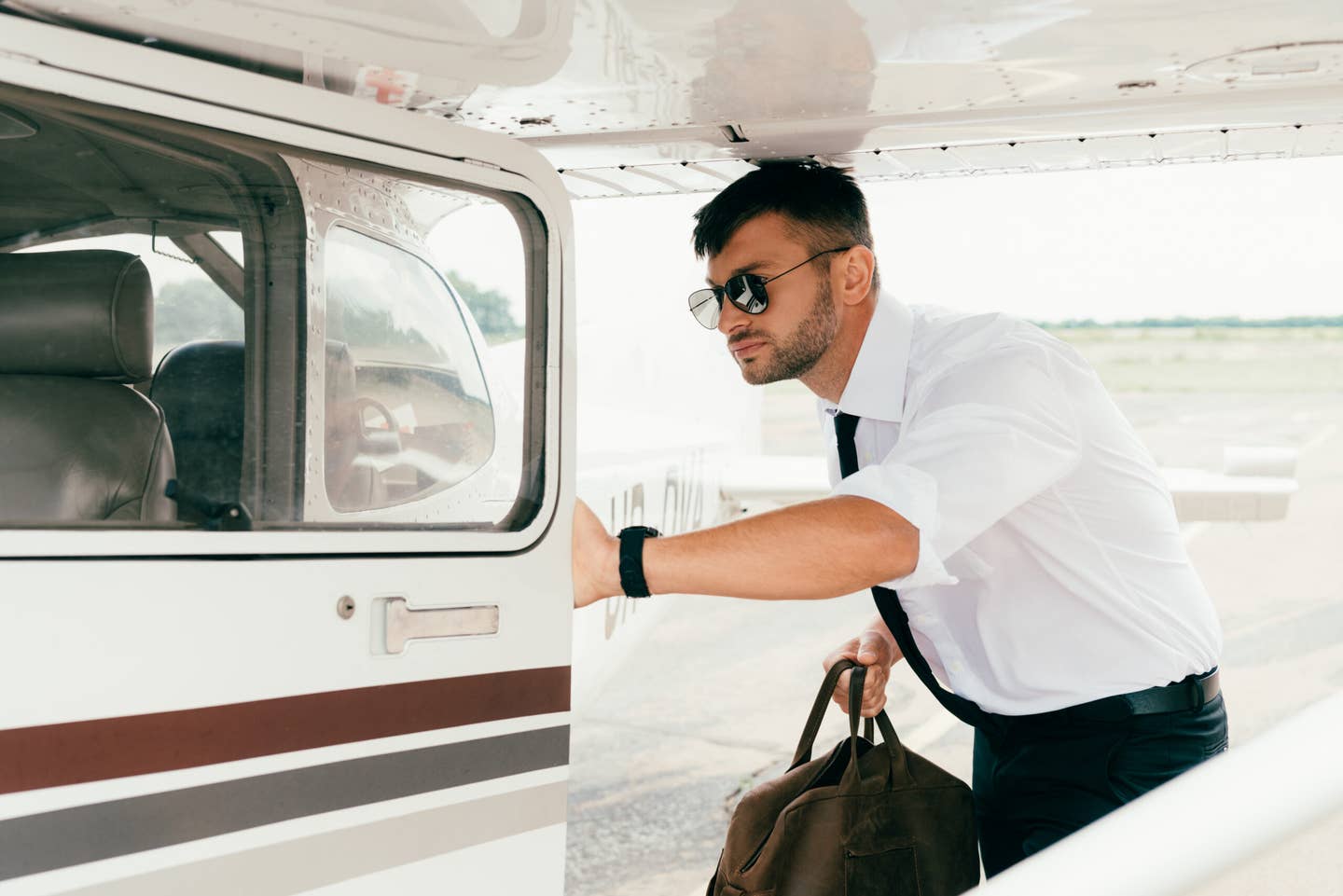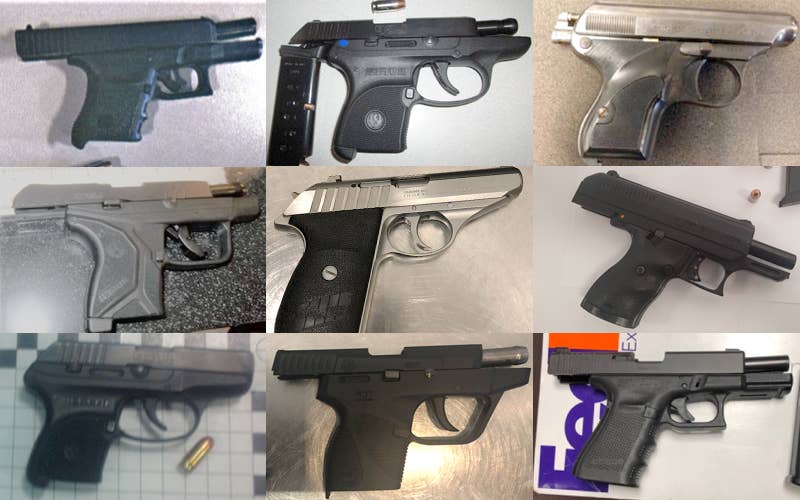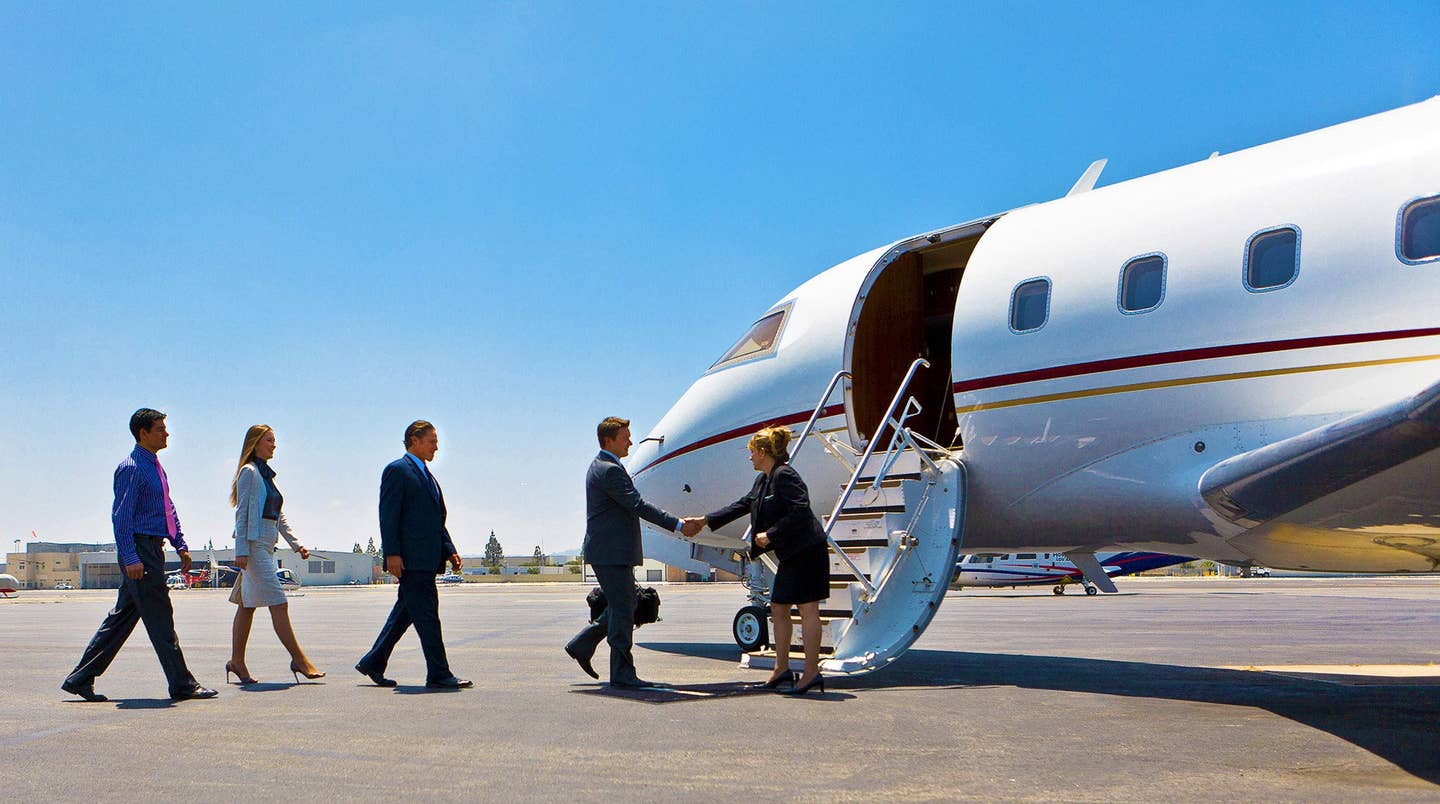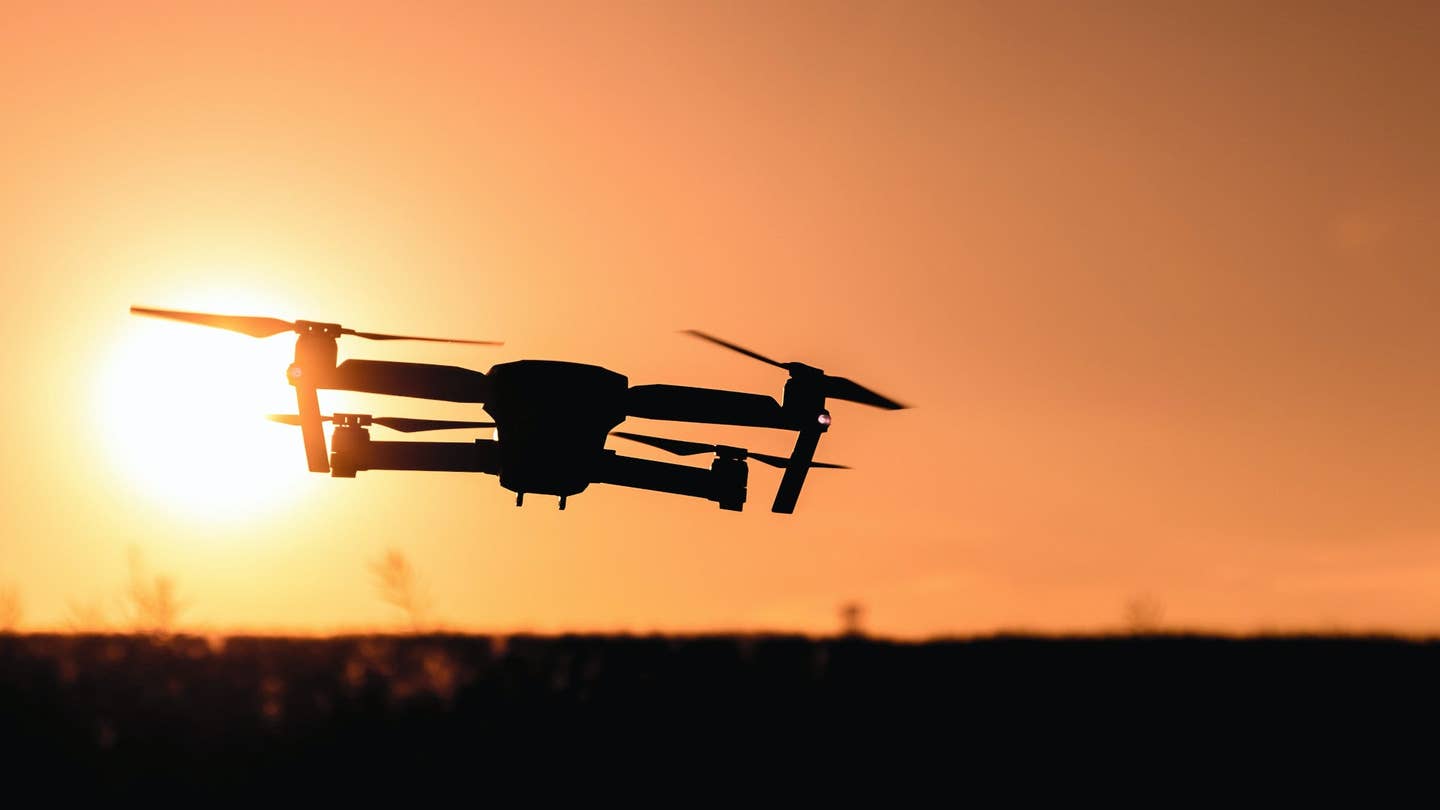11 Essentials All Pilots Need
Being a pilot requires specialized equipment. Here’s our list of things you need to be a well-equipped pilot.

Check out these must haves for all pilots. [File photo: Adobe Stock]
Being a pilot requires specialized equipment. The days of being a pilot with only a leather jacket and a can-do attitude are gone. These days, pilot essentials include: proof of certification, personal protective gear, tools for the cockpit and aircraft inspection, and materials for navigation.
At a minimum, pilots should have a headset, and a kneeboard or tablet for writing down information. Other nice-to-haves include appropriate VFR sectionals and terminal area charts–either paper or electronic.
The JackRabbit is the super portable micro eBike loved by pilots: only 24 lbs, 20 mph and slims down to 7 inches wide meaning it fits in any sized plane. The perfect way to cruise to and from the FBO. No assembly required.
Shop NowFor cross-country flights (that’s anything more than 50 nm long for airplanes and 25 nm for helicopters), you’ll want a completed navigation log, and a flight computer that allows you to determine time, speed, and distance calculations. For instrument flight, add in approach plates, and an IFR en route chart—high or low, according to your mission.
Pilot essentials related to the airplane include checklists appropriate to the aircraft, a fuel pipette and fuel strainer, rags to check the oil, and any other specialized tools required for the preflight inspection.
Other pilot essentials are: a multitool and a working flashlight—and a bag large enough to fit all these things in. If you are using the flight to build cross-country hours toward a private or sport pilot certificate, you will also have to carry your logbook with you.
Why Pilot-Specific Gear?
Some gear is specific to pilots, for example, the pilot kneeboard is sort of a lap desk suited to the cockpit. It straps to the leg, usually with velcro. Clipboards, like the kind coaches carry, are often too large to use in the cockpit. The flashlights pilots carry are also pilot-specific as they usually have a colored lens—either green, red, blue, or yellow, because these colors do not destroy night vision like white light will.
Top 11 Pilot Essentials
Below, FLYING offers some suggestions for what a pilot should carry on every flight. Remember to pack the pilot essentials appropriate for the mission. For example, on warm days, you’ll likely want to pack more water.
Pilot Certification
In order to exercise your privileges as pilot in command or as a required flight crew member, you need to have in your possession your pilot certificate, a government-issued photo ID, and if required, your medical certificate. These are basic pilot essentials for every flight. Keep them together just in case you are “ramp checked” and asked to show them. If you are using the flight to build experience for a private or sport pilot certificate, you are also required to have your logbook in your possession.
Headset
A good quality aviation headset is another pilot essential because it is a vital piece of safety equipment. Many pilots will experience some degree of hearing loss at the end of their career, so it is important to protect the hearing you have from the beginning. Make sure the headset fits you and that there’s a tight seal between the ear cups and your ears. You can spend $1,000 or more on a headset so you might want to shop around to see if anyone has one for sale for a reduced price. For additional hearing protection on the ground, you might use custom aviation earplugs.
Make sure you get a headset that is appropriate for the aircraft you are flying. An airplane headset will not work in a helicopter unless it has a special adapter, and a helicopter headset will not work in an airplane without a special adapter—so make sure you pick the right headset to avoid having to get an adapter.
iPad/Paper and Writing Implements
If you are going electronic, an iPad loaded with appropriate sectional charts and approach plates, if applicable, is a must—many pilots carry paper backups as a precaution because no one ever lost the use of their paper sectional from dropping it on the ramp, or because it ran out of juice or became overheated in the sun.
If you are using paper and writing implements as a backup or a primary means of copying down information, such as the weather before a flight, bring pens, pencils, and paper notebooks.
Non-polarized Sunglasses
Sunglasses are also pilot essentials. They help protect your eyes from glare and strain. Be careful to select the unpolarized kind, though, because polarized lenses destroy depth perception and can render the screens of glass cockpit aircraft black and unreadable. Your best bet here is to find an inexpensive pair of non-polarized sunglasses. Make sure the bayonet (that’s the earpiece) interfaces properly with your headset. You may also want to wear a ballcap to shade your eyes.
Snacks and Extra Water
Unlike a car trip, you can’t just pull over for snacks and water when flying an airplane. Carry them with you amongst your other pilot essentials. Just be careful about opening packages and bottles at altitude as pressure changes can result in explosive decompression of food and beverage containers.
Fuel Tester
An aviation fuel tester, sometimes called a strainer, is another pilot essential. Fuel inspection is perhaps the most important element of the preflight inspection, and even if the device is ostensibly supposed to be kept in the airplane, they do have a tendency to grow legs and wander off, so keep yours in a safe place.
Portable Charger
A portable device charger is a must-have, as well, because we’re so dependent on our electronic devices, be it in the air or on the ground. Make sure the charger is adaptable to the aircraft. Most plug into the cigar/cigarette lighters that many aircraft were designed with but that no one uses anymore because smoking in aircraft is usually prohibited, and the smoke can damage the flight deck’s delicate instruments.
First-Aid Kit
There are all sorts of ways to hurt yourself around an airplane. You can walk into the flap or ailerons of a high-wing airplane and get a cut on your forehead, or burn your hand on a hot oil cap. You’ll be happy that you have a portable first-aid kit—another pilot essential—with you in these instances. Make sure you have a variety of adhesive bandages, gauze, and antiseptic wipes to address these small injuries.
Two-way Radio
Just about every pilot has experienced a radio failure at some point—or they will. While the FAA has emergency light gun signals that pilots are required to know, it usually is a lot easier—not to mention safer—to pull out your hand-held radio and transmit your intentions on that rather than have the other pilots guessing at what you are doing. For this reason, FLYING recommends a two-way radio be included in your pilot bag essentials.
Multi-tool/flashlight
Because the TSA does not allow small knives and multi-tools on airliners, there is a special thrill in being able to carry one in your own aircraft. Make sure you get one that has at least one knife blade, both Phillips-head and flathead screwdrivers, pliers, and a wire stripper.
Some multi-tools have built-in flashlights—if not, be sure to carry a flashlight that has multiple colored lenses. White light is useful for preflight inspection at night and looking into dark engine compartments and fuel tanks. The colored lenses are useful in the cockpit to preserve your night vision during night flight.
Is a Flight Bag Crucial Pilot Gear?
Flight bags are designed for pilot gear. They have specialized pockets, often padded and shaped to hold specific items such as headsets, sunglasses, and flashlights. You should practice packing and unpacking the bag to help acquaint yourself with where everything is so you do not have to fumble with the bag under a time crunch. A well-organized flight bag containing all the pilot essentials is critical for mission success.
Are There Student Pilot Essentials?
Yes, there are several student pilot essentials. Student pilots need to carry their pilot logbook on every flight when they act as Pilot in Command because the flights are being done in pursuit of a certificate or rating. In addition, solo flight is permitted only through endorsement from their flight instructor. These endorsements are located in the student’s logbook.
In addition, when on cross-country flights, the student should have their E6-B flight computer at the ready because one of the skills they are practicing is checking time, speed, and distance to calculate fuel burn.
In addition, most student pilots are working off a syllabus that should be carried in the aircraft during flight to make sure that the tasks required are the tasks performed.
Must Haves for Pilots
When you begin your flight training, the flight school or flight instructor will probably give you a list of needed pilot supplies. Some of these supplies can be purchased at the flight school, others can be purchased online from retailers such as Sporty’s Pilot Shop, The Pilot Mall, Aircraft Spruce, and Mypilotstore.

Subscribe to Our Newsletter
Get the latest FLYING stories delivered directly to your inbox







